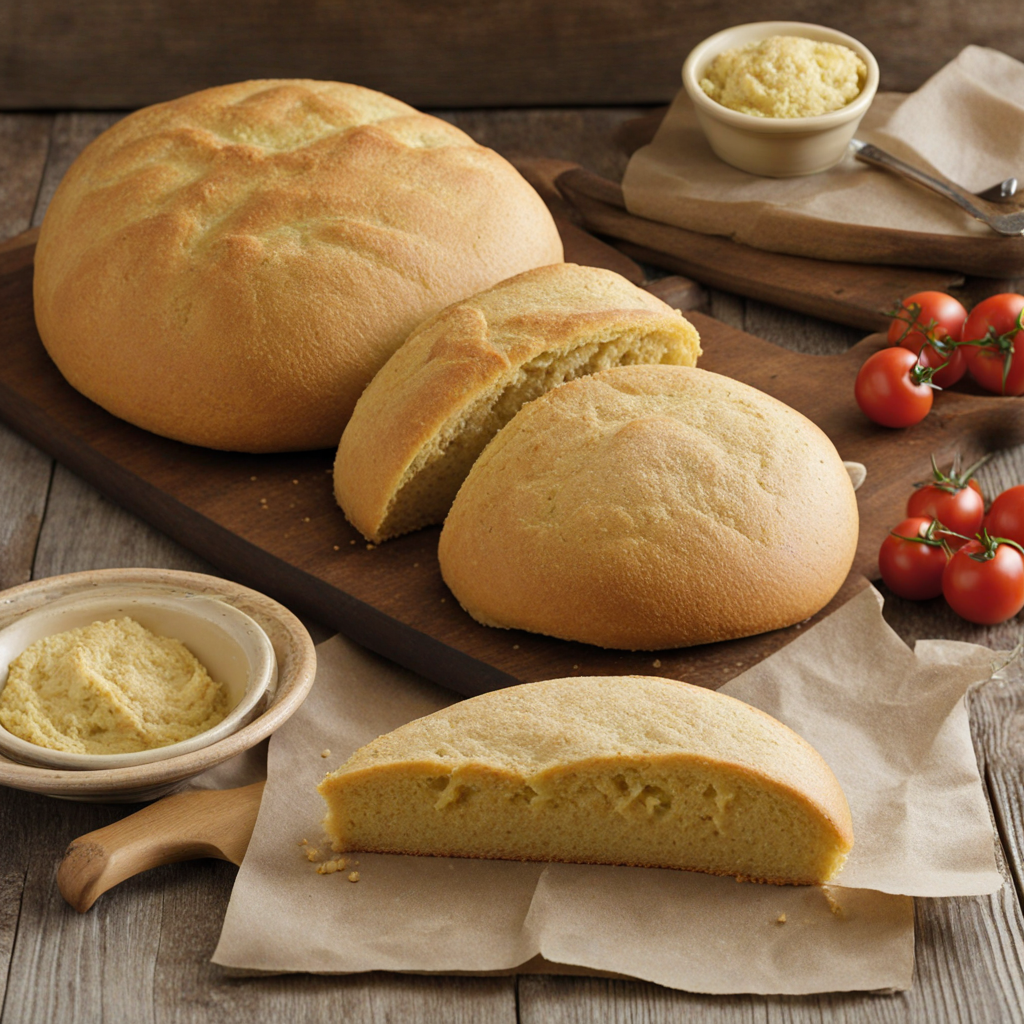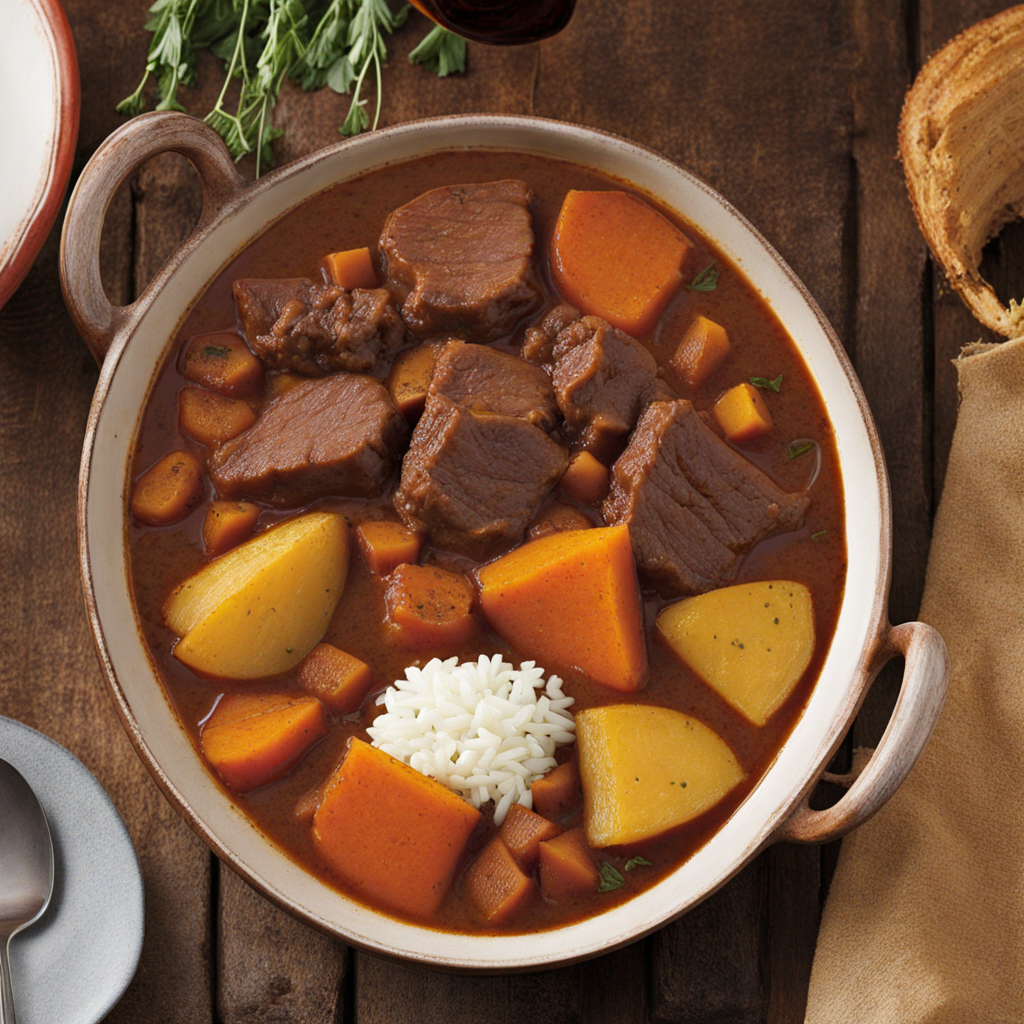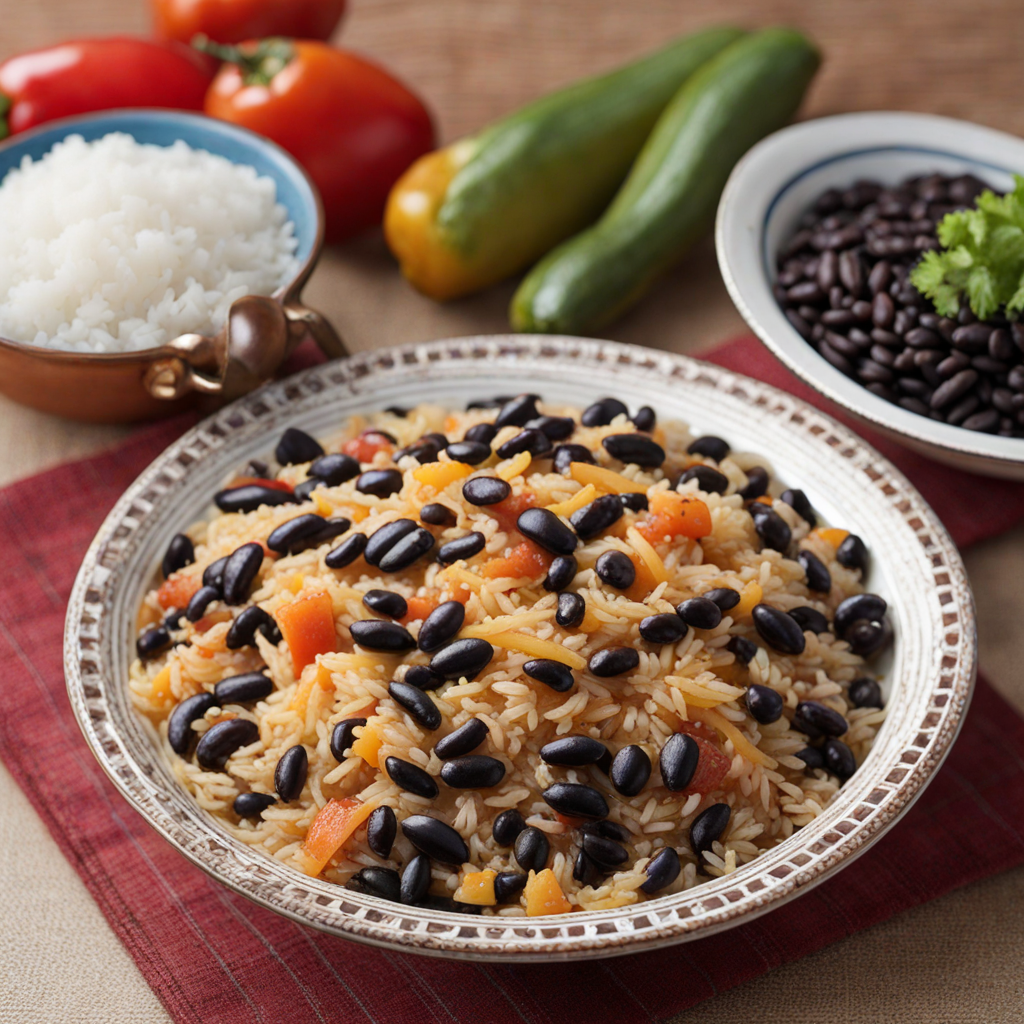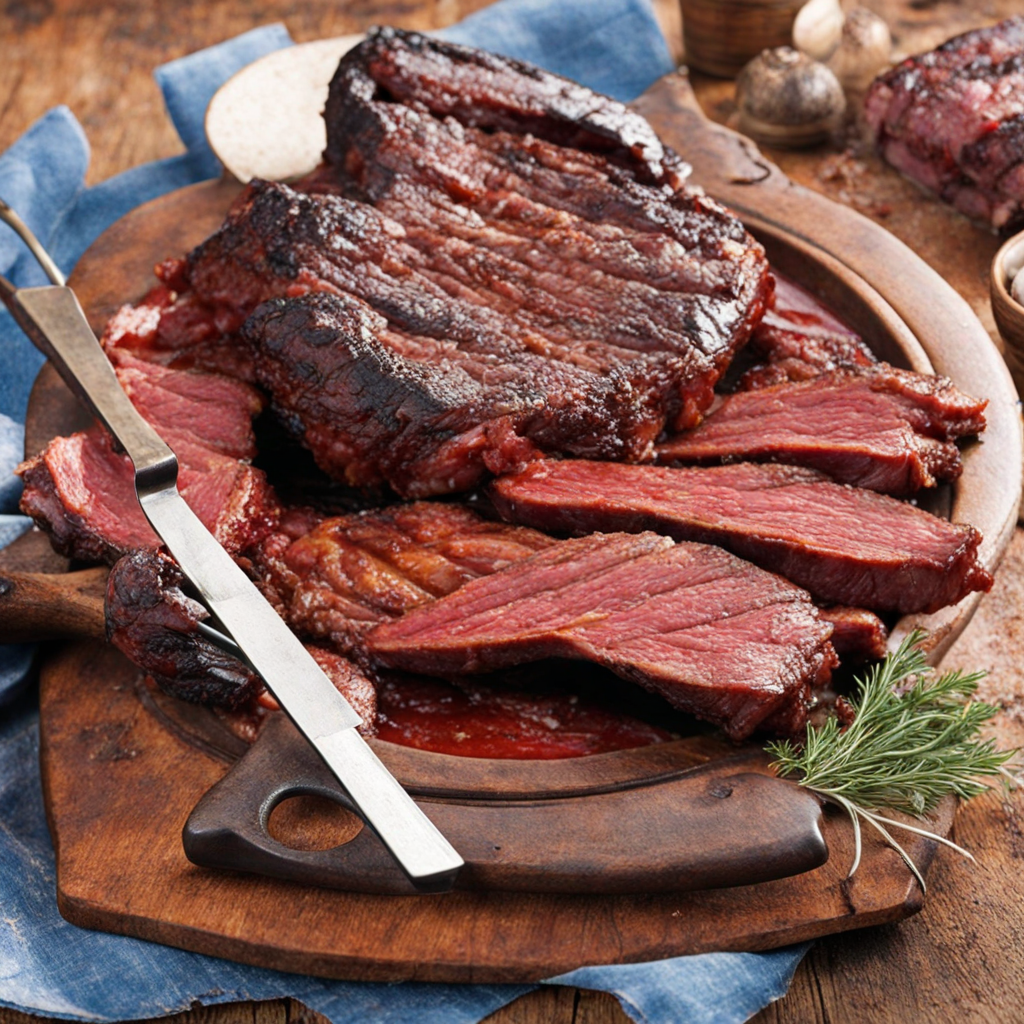Fainá
Fainá is a delightful and unique dish from Uruguay, often enjoyed as a savory snack or a comforting side to various meals. Made primarily from chickpea flour, water, olive oil, and salt, this traditional recipe is simple yet packed with flavor. The mixture is poured into a hot, oiled baking dish and baked until it achieves a golden-brown crust on the outside while remaining soft and slightly creamy on the inside. The nutty taste of the chickpeas shines through, making it a satisfying choice for those looking to explore new textures and flavors in their culinary adventures. Typically served in slices, Fainá is often paired with pizza, a popular combination in Uruguay, where the two dishes complement each other beautifully. The crispy edges of the Fainá contrast with the chewy texture of the pizza, creating a delightful bite in every mouthful. Some enthusiasts enjoy it with a drizzle of olive oil or a sprinkle of cheese, enhancing its flavor profile. The dish also lends itself well to experimentation, as toppings like herbs or spices can be added to the batter before baking, allowing for personal touches and creativity in the kitchen. Fainá is not just a treat for the taste buds; it's also a wholesome option that provides a good source of protein and fiber thanks to its chickpea base. Whether you’re enjoying it as an appetizer, a side dish, or a standalone snack, Fainá offers a taste of Uruguayan culture that is both comforting and satisfying. Its versatility and ease of preparation make it an excellent choice for anyone looking to expand their culinary horizons while savoring something truly special.
How It Became This Dish
Fainá is a traditional dish from Uruguay that has become emblematic of the country's culinary landscape. This simple yet flavorful flatbread, made primarily from chickpea flour, water, and a touch of olive oil, has a rich history that intertwines with the cultural fabric of Uruguay. To appreciate Fainá fully, one must explore its origins, cultural significance, and evolution over time. Origins of Fainá Fainá's story begins far from the shores of Uruguay, in the Mediterranean region, where chickpeas have been cultivated for thousands of years. The dish is believed to have originated in Italy, particularly in the coastal city of Genoa, where it is known as "farinata." This ancient recipe can be traced back to at least the 12th century, showcasing the versatility of chickpeas as a staple ingredient in Mediterranean cuisine. As Italian immigrants began to travel to South America in the late 19th and early 20th centuries, they brought their culinary traditions with them. The Italian diaspora played a crucial role in spreading the culture of farinata across the continent, particularly in Argentina and Uruguay, where they settled in large numbers. As they adapted their recipes to local ingredients and tastes, Fainá evolved into the unique dish that is cherished in Uruguay today. Cultural Significance In Uruguay, Fainá is not just a dish; it is a cultural symbol that represents the blending of immigrant traditions and local culinary practices. It is most commonly served as a side dish to a popular local food: the "pizza a la piedra," a thin-crust pizza that is widely enjoyed in Montevideo and beyond. The combination of Fainá and pizza has become a staple in many Uruguayan households, particularly during social gatherings and celebrations. Fainá is also intertwined with the concept of "merienda," a light meal or snack typically enjoyed in the late afternoon or early evening. This meal often features a variety of foods, and Fainá, with its savory flavor and satisfying texture, fits perfectly into this tradition. It is often enjoyed warm, drizzled with olive oil and sprinkled with salt, offering a simple yet delightful taste that resonates with many locals. Fainá carries a sense of nostalgia and comfort for many Uruguayans. It evokes memories of family gatherings, street food stalls, and local pizzerias where the aroma of freshly baked Fainá fills the air. The dish has become a symbol of community and togetherness, often shared among friends and family during casual meals or festive occasions. Development Over Time As Fainá became entrenched in Uruguayan culture, it underwent various adaptations and innovations. While the basic recipe remains unchanged, different regions and families have developed their versions, incorporating local ingredients and flavors. For instance, some variations may include spices like cumin or herbs like rosemary to enhance the flavor profile, while others may add cheese for a richer taste. The rise of food tourism and the increasing interest in traditional culinary practices have also contributed to the resurgence of Fainá in recent years. Chefs in upscale restaurants have begun to reimagine this humble dish, experimenting with gourmet presentations and unique flavor combinations. This trend has revitalized interest in Fainá, introducing it to a new generation of food enthusiasts who appreciate its historical significance and versatility. Moreover, Fainá has gained a reputation for being a healthy option, as it is naturally gluten-free and high in protein and fiber due to its chickpea base. This aspect of the dish aligns with contemporary dietary trends that emphasize wholesome, plant-based foods. As a result, Fainá has found its way onto the menus of health-conscious eateries, further solidifying its place in modern Uruguayan cuisine. Fainá Today Today, Fainá remains a beloved staple in Uruguayan households and restaurants. It is commonly found in pizzerias across the country, where it is served alongside pizza or as a standalone dish. The popularity of Fainá has even crossed borders, with Uruguayans living abroad seeking out the dish to reconnect with their cultural roots. In addition to its presence in traditional settings, Fainá has also made an appearance in the burgeoning street food scene in Montevideo. Food trucks and pop-up stalls offer creative takes on the classic dish, such as Fainá sandwiches filled with various toppings and fillings. This evolution demonstrates the adaptability of Fainá to contemporary dining trends while maintaining its historical roots. The dish also features prominently in culinary festivals and events celebrating Uruguayan cuisine. Local chefs often showcase their versions of Fainá, highlighting the diversity of preparation methods and regional variations. These events serve not only to preserve the dish's heritage but also to promote awareness of the rich culinary traditions that define Uruguay. Conclusion Fainá is more than just a dish; it is a reflection of Uruguay's history, culture, and identity. Its journey from the Mediterranean to the streets of Montevideo encapsulates the spirit of immigration, adaptation, and community that characterizes Uruguayan society. As Fainá continues to evolve and inspire, it remains a cherished symbol of the past while embracing the future of gastronomy. With each bite of Fainá, one tastes the essence of Uruguay—a blend of tradition, innovation, and a deep sense of belonging. Whether enjoyed at a family gathering, a local pizzeria, or a trendy food market, Fainá stands as a delicious testament to the enduring power of food to connect people across generations and cultures.
You may like
Discover local flavors from Uruguay







